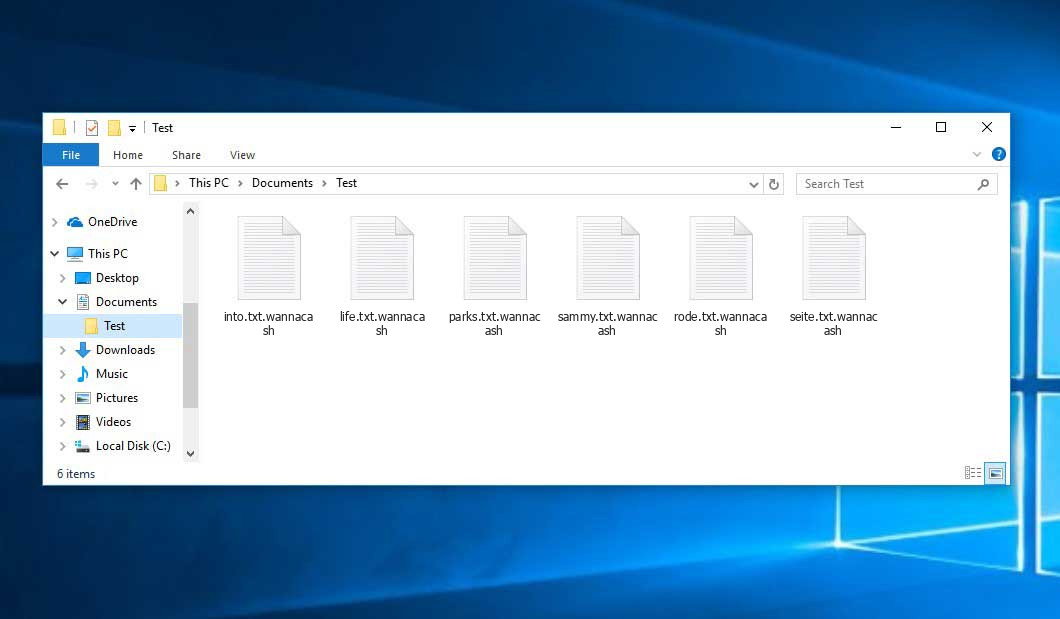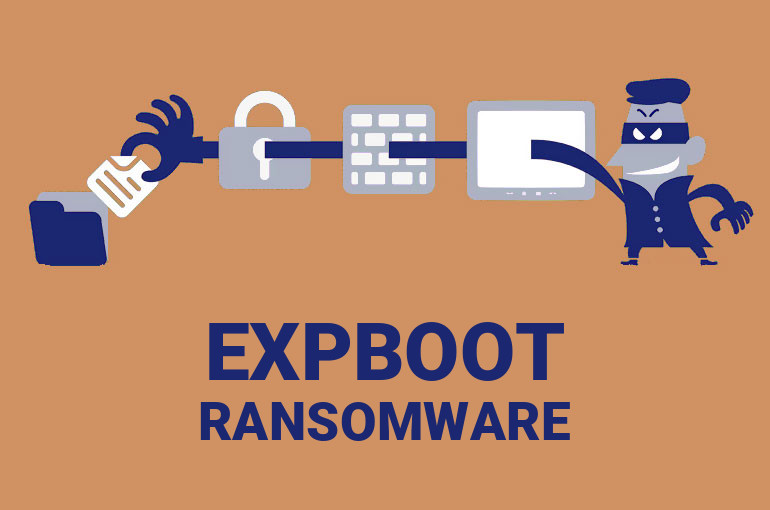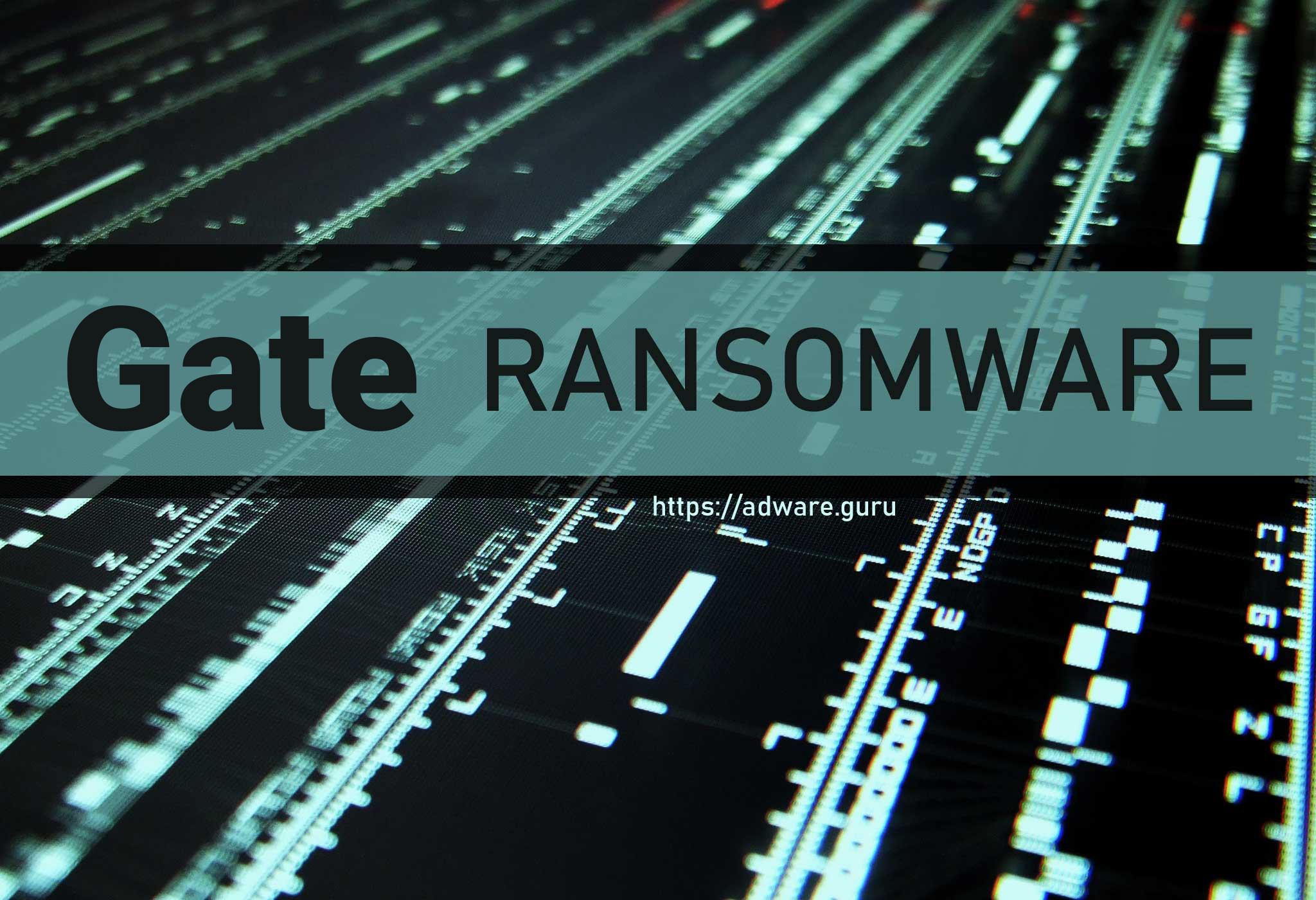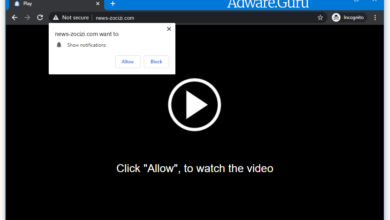WANNACASH Virus Removal Guide (+Decode .wannacash files) – WannaCash Ransomware
WANNACASH – General Info
The WANNACASH stands for a ransomware-type infection. The virus comes from the WannaCash ransomware family. WANNACASH was elaborated specifically to encrypt all major file types. Once the file is encrypted people are not able to use them. WANNACASH adds the “.wannacash” extension for each file encrypted by it. For example, the file “myphoto.jpg“, once encrypted by WANNACASH, will be renamed into “myphoto.jpg.wannacash“. As quickly as the encryption is finished, WANNACASH places a special text file into every folder containing the encrypted data.The message given by WANNACASH text file asking for the ransom is absolutely the same as the statements given by other ransomware virus representatives coming from the WannaCash clan. It literally mentions that the info is encrypted and that the only way to restore it is to use a a distinct decryption key. Sadly, this is definitely true. The kind of cryptography mechanism used by WANNACASH is still not correctly examined. Still, it is absolutely specific that each victim may be given the specific decryption key, which is completely distinct. It is difficult to bring back the files without the key available.
Another trick of WANNACASH is that the victims cannot gain access to the key. The key is stored on a specific server run by the frauds associated with WANNACASH ransomware. To get the key and recover the important information people have to pay the ransom.
Download GridinSoft Anti-Malware
GridinSoft Anti-Malware Review, How to get free trial?, EULA, and Privacy Policy.
Nevertheless, regardless of the asked for quantity, people need to stay away from paying the ransom. Cyber frauds are not fair, so they tend to completely disregard what their victims feel about the problem, even when the payment reaches their pockets. This is why paying the ransom typically does not give any positive result and people simply lose their money for nothing.
We highly advise that you do not contact these crooks and certainly do not transfer money into their accounts. It is said to admit that there are no utilities able to crack WANNACASH ransomware and to recover the data data totally free. Hence, the just best decision is to recover the lost information from the available backup.
Virus Summary
| Name | WANNACASH Ransomware |
| File Extension | .wannacash |
| Type | Ransomware |
| Family | WannaCash |
| Short Description | The ransomware encrypts all the data stored on your system and requires a ransom to be paid on your part supposedly to recover your important files. |
| Symptoms | File encryption by the ransomware is performed by means of the AES and RSA encryption algorithms. Once the encryption is completed, the ransomware adds its special wannacash extension to all the files modified by it. |
| Distribution Method | Spam Emails, Email Attachments |
| Removal Tool | GridinSoft Anti-Malware |
Keep in mind that the world wide web is now overwhelmed with threats that look similar to WANNACASH ransomware. Harmful programs of such kind are typically elaborated to encrypt essential data and to state the demand prior to the user to pay the ransom. The peculiarity of all such ransomware threats is that all apply a comparable algorithm to produce the distinct decryption key for files decryption.
Hence, as long as the ransomware is still being developed or has some hidden bugs, manually recovering the information is simply not feasible. The only way to prevent the loss of your essential information is to regularly create backups of your important information.
Bear in mind that even if you create such backups, they need to be put into a special storage utility not connect to your main PC. You may use the USB Flash Drive or external disk drive for this purpose, or refer to the help of the cloud storage. If you store your backup files on your common system they may be encrypted in addition to other files, so it’s definitely not a good storage place.
How did ransomware infect my PC?
There are a number of methods used by online frauds to distribute WANNACASH virus. Although it is uncertain how exactly WANNACASH injects your PC, there are some leaks through which it may infiltrate the system:
- integration with third-party software, especially freeware;
- spam emails from unidentified senders;
- sites rendering free hosting services;
- pirated peer-to-peer (P2P) downloads.
Typically WANNACASH virus might exist as some genuine software, for instance, in the pop-ups advising users to execute some essential software application updates. This is the common trick used by online frauds to persuade people into downloading and installing WANNACASH infection manually, by means of their direct participation in the installation process.
In addition, the criminals may refer to numerous email spam strategies to inject malicious codes into PC. So, they may describe to sending unsolicited spam e-mails with tricky notices promoting users to download the attachments or click on certain download links, for example, the ones motivating users to open some photos, documents, tax reports or invoices.
Needless to mention, opening such files or clicking on such dangerous links may severely harm the system. Fictitious Adobe Flash Player update alerts may result in WANNACASH virus injection. As for the cracked applications, these illegally downloaded programs may also consist of malicious codes resulting in WANNACASH secret installation. Lastly, injection of WANNACASH may take place by means of Trojans that covertly get injected into the system and install harmful utilities without the user’s approval.
Is there any method to avoid the injection of WANNACASH ransomware?
Despite the fact that there is no 100% guarantee to prevent your computer from getting infected, there are some pieces of advice we wish to show with you. To start with, be really mindful when you browse the web and particularly while downloading free programs. Stay away from opening suspicious email attachments, especially when the sender of the email is not familiar to you.
Bear in mind that some freeware installers may include other unwanted utilities in the bundle, so they may be malicious. Make certain that your current antivirus software and your entire OS is always appropriately updated.
Naturally, downloading pirated software is prohibited and may lead to essential damage to be made for your PC. For this reason, stay away from downloading cracked software. You are also strongly advised to reconsider your existing security software and possibly switch to another security solution that can render far better services of defending your computer.
Screenshot of files with “.wannacash” extension added by the ransomware:
Use GridinSoft Anti-Malware to remove WANNACASH ransomware from your computer
1.Download GridinSoft Anti-Malware.
You can download GridinSoft Anti-Malware by clicking the button below:
2. Double-click on the setup file.
When setup file has finished downloading, double-click on the setup-antimalware-ag.exe file to install GridinSoft Anti-Malware on your computer.

An User Account Control asking you about to allow GridinSoft Anti-Malware to make changes to your device. So, you should click “Yes” to continue with the installation.

3. Press Install button for run GridinSoft Anti-Malware.
3.Once installed, GridinSoft Anti-Malware will automatically run.
4. Wait for the GridinSoft Anti-Malware scan to complete.
GridinSoft Anti-Malware will automatically start scanning your computer for Win Speedup 2018 and other malicious programs. This process can take a 20-30 minutes, so we suggest you periodically check on the status of the scan process.

5. Click on “Clean Now”.
When the scan has completed, you will see the list of infections that GridinSoft Anti-Malware has detected. To remove them click on the “Clean Now” button in right corner.








